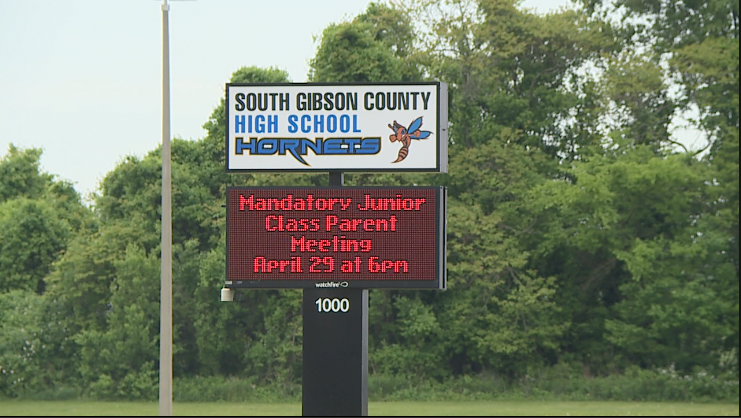How Does the Jet Stream Correlate with Severe Weather Season?
Severe Weather Season Explainer
Living in the south, we are no stranger to severe weather. We see it almost year round, but it becomes more pronounced two times a year. We have a spring severe weather season around March to April and a fall severe weather season around October to November. But why do we get these severe weather seasons?
WHAT IS THE JET STREAM?
The jet stream is composed of a band of winds a few miles above the surface that is strengthened by temperature contrasts. The jet stream that affects most of our weather in the United States is the Polar Jet Stream.
There is typically cooler air to the north of the Polar Jet Stream and more warm air to the south of it, as it separates two major air masses. During the winter, the Polar Jet Stream falls further south. During the summer, it falls further north.
Both air masses have different qualities, such as temperatures and wind direction. As the difference in the air masses increases and speed of the jet stream both increase. This can be fuel for severe weather, adding the spin and energy needed in the atmosphere for severe storms to grow and intensify.
There are many different factors that can go into a severe weather event. However, the main things that go into a severe weather event are large changes in things such as temperature, air pressure, and winds. This is why we typically see severe weather in cases where a major front passes, where large changes in temperature and pressure occur.
HOW DOES THE JET STREAM CORRELATE WITH SEVERE WEATHER?
Over the seasons, there are different positions the jet stream prefers to sit. Around winter, it usually sits more south, where the cold air mass above it is stronger. In the summer, it migrates more north as the warm air mass below it is stronger. However, in the transitional seasons like spring and fall, it brings some problems. The jet stream is migrating to a new location. As it does, it increases the risk for severe weather as the two air masses on both sides are increasing in power.
Usually, severe weather systems come from frontal boundaries that give the system some “lift”. As the jet stream moves north or south, the “severe weather season” begins to follow it. In Tennessee, we usually see more severe weather in march to April. However, by about June to July, the jet stream has moved over Wisconsin, moving the severe weather more north. It will reside there before moving further south around October to November, when the cooler mass takes over.
While the position of the jet stream does not automatically signify severe weather, it correlates to it. Where we see the jet stream migrating, we can also see upticks in severe weather due to these major differences in air masses. As we begin to approach severe weather season, it’s important to know why it happens. Severe weather is not a daily thing in the severe weather season, but happens more often with the occurrence of strong fronts.
Shaley Dawson
Storm Team 7 Meteorologist
Twitter – @wxShaley
Facebook – @wx.Shaley
Instagram: @wx.Shaley
Email – @sdawson@wbbjtv.com















